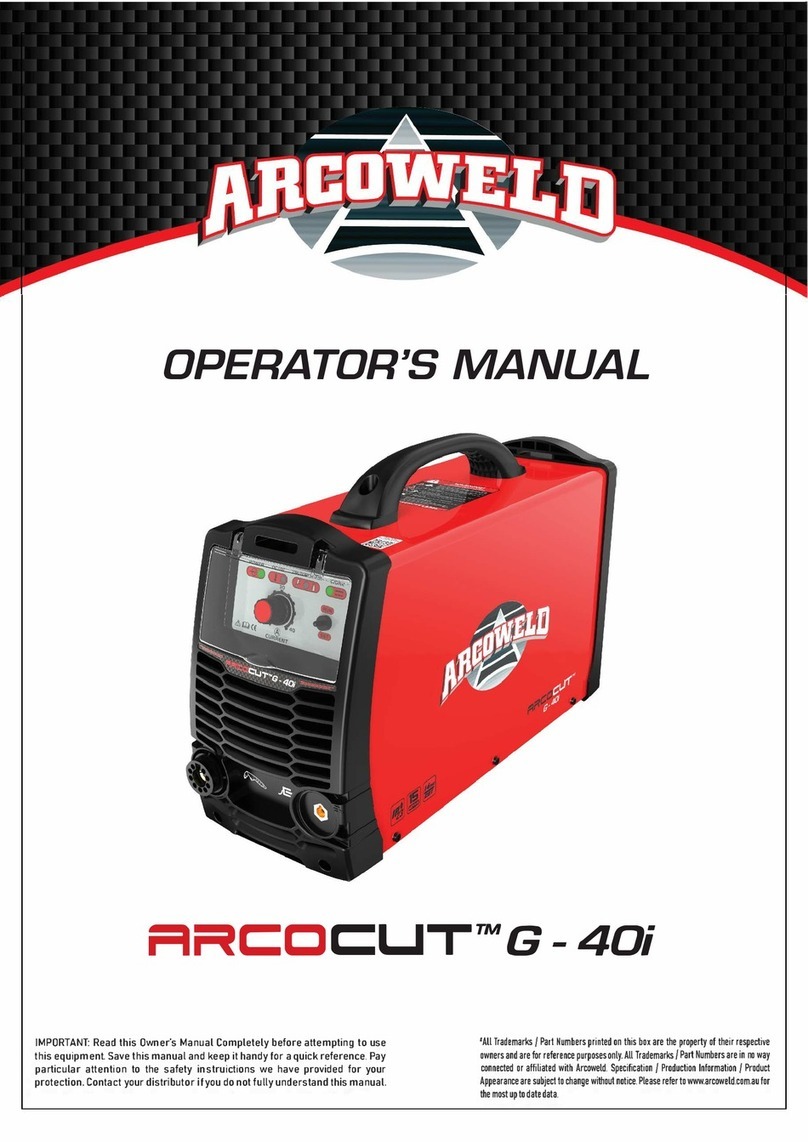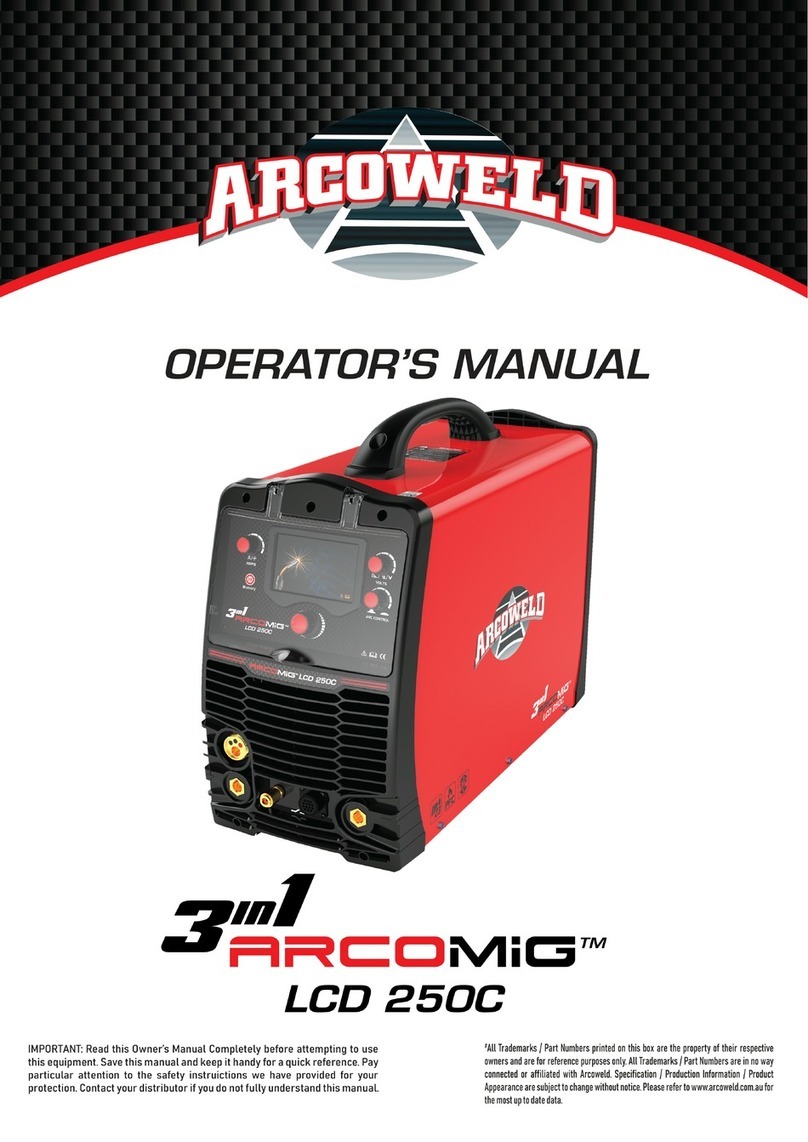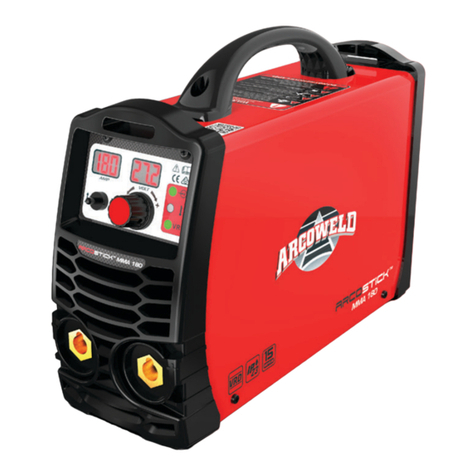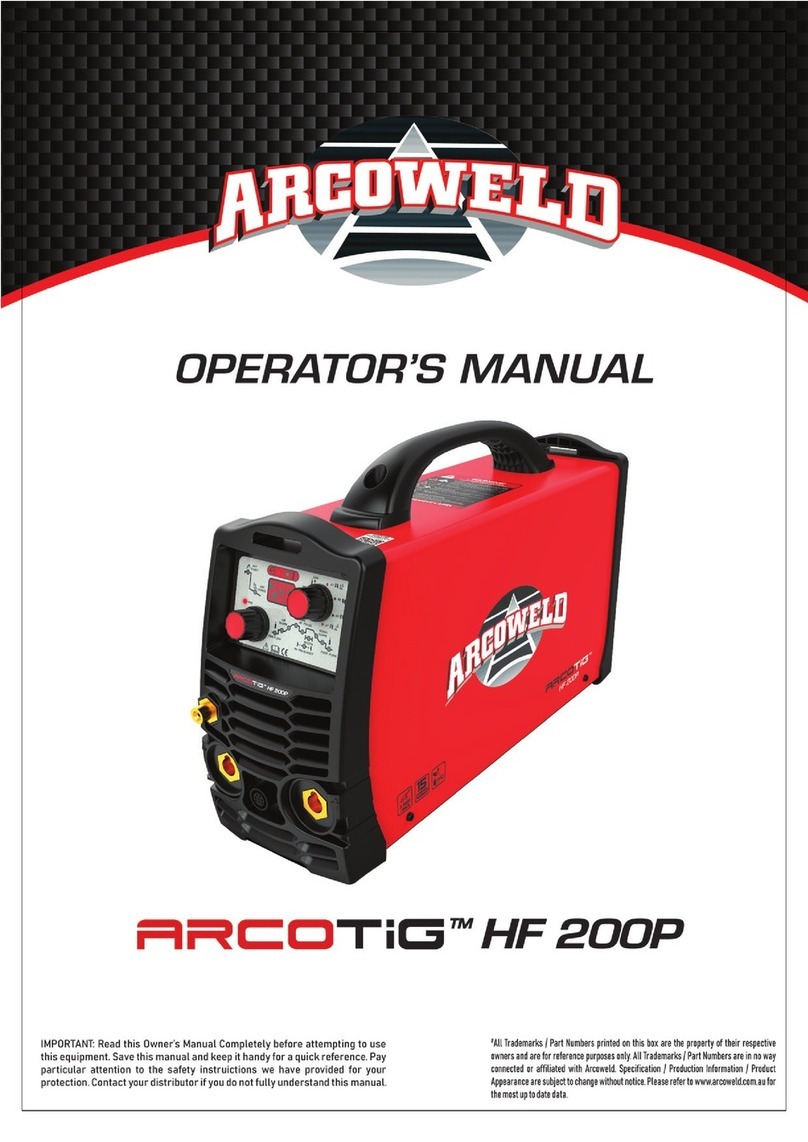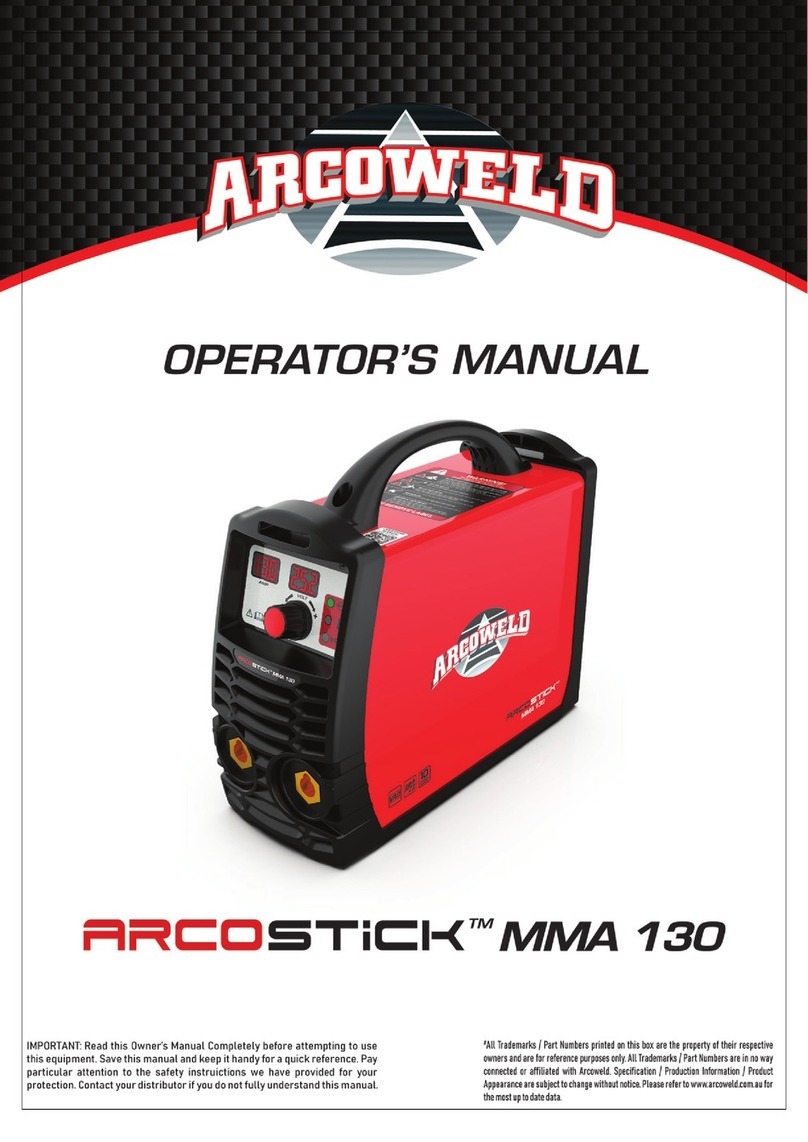
CONTENT
III
CONTENTS
1 SAFETY----------------------------------------------------------------------------------------------------------------------- 1
1.1 SIGNAL EXPLANATION ----------------------------------------------------------------------------------------------------- 1
1.2 ARC WELDING DAMAGE -------------------------------------------------------------------------------------------------- 1
1.3 THE KNOWLEDGE OF ELECTRIC AND MAGNETIC FIELDS ------------------------------------------------------------------ 5
2 SUMMARY ------------------------------------------------------------------------------------------------------------------ 4
2.1 BRIEF INTRODUCTION ---------------------------------------------------------------------------------------------------- 9
2.2 MODULE EXPLANATION ------------------------------------------------------------------------------------------------- 11
2.3 WORKING PRINCIPLE ---------------------------------------------------------------------------------------------------- 11
2.4 VOLT-AMPERAGE CHARACTERISTIC ------------------------------------------------------------------------------------- 12
3 INSTALLATION AND ADJUSTMENT ----------------------------------------------------------------------------------- 13
3.1 PARAMETERS------------------------------------------------------------------------------------------------------------- 13
3.2 DUTY CYCLE &OVER HEAT ---------------------------------------------------------------------------------------------- 14
3.3 MOVEMENT AND PLACEMENT ------------------------------------------------------------------------------------------ 14
3.4 POWER SUPPLY INPUT CONNECTION ------------------------------------------------------------------------------------ 15
3.5 POLARITY CONNECTION(MMA)----------------------------------------------------------------------------------- 15
3.6 ASSEMBLING THE EQUIPMENT (TIG) ----------------------------------------------------------------------------------- 15
4 OPERATION --------------------------------------------------------------------------------------------------------------- 16
4.1LAYOUT FOR THE PANEL-------------------------------------------------------------------------------------------------- 16
4.2 CONTROL PANEL --------------------------------------------------------------------------------------------------------- 20
4.3 REMOTE CONTROL------------------------------------------------------------------------------------------------------- 26
4.3.1 Pedal switch control------------------------------------------------------------------------------------------- 26
4.3.2 Torch switch control current ------------------------------------------------------------------------------ 27
4.4 ARGON ARC WELDING OPERATION------------------------------------------------------------------------------------- 27
4.4.1 TIG welding
(
4T operation
)
-------------------------------------------------------------------------- 27
4.4.2 TIG welding (2T operation) ---------------------------------------------------------------------------------- 29
4.5 WELDING PARAMETERS ------------------------------------------------------------------------------------------------- 31
4.5.1 Joint forms in TIG/MMA-------------------------------------------------------------------------------------- 31
4.5.2 The explanation of welding quality ------------------------------------------------------------------------ 31
4.5.3 TIG Parameters Matching ----------------------------------------------------------------------------------- 31
4.6 OPERATION ENVIRONMENT --------------------------------------------------------------------------------------------- 34
4.7 OPERATION NOTICES ---------------------------------------------------------------------------------------------------- 34
5 MAINTENANCE & TROUBLESHOOTING ----------------------------------------------------------------------------- 36
5.1 MAINTENANCE ---------------------------------------------------------------------------------------------------------- 36
5.2 TROUBLESHOOTING ----------------------------------------------------------------------------------------------------- 37
5.3 ELECTRICAL PRINCIPLE DRAWING---------------------------------------------------------------------------------------- 40
5.4ACCESSORY KITS LIST----------------------------------------------------------------------------------------------------- 33
